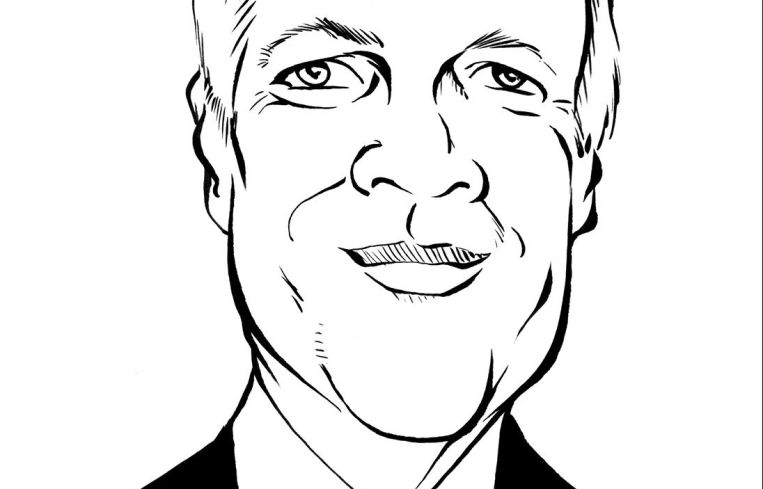An Eclectic Way to Chase Yield: Lend in the Caribbean
By Dan Gorczycki August 10, 2015 11:26 am
reprints
“Those who cannot change their minds, cannot change anything.”—George Bernard Shaw
Imagine you want to obtain a low-leverage loan on your Class A property in the Caribbean. Easy, right? Well, when banks, or even private lenders, get asked to make a loan outside of the U.S., the Pavlovian response is a quick “no.”
Some of the reasons are valid ones. Many banks and funds, through their charters, can’t lend outside of the United States, even if it is a U.S. territory. Obviously, if your charter forbids it, there isn’t much that you can do to overcome that objection. Even for the lenders that can lend there, it often isn’t worth it to have a one-off loan in a faraway place where monitoring the property is difficult. And then, of course, no banker wants to go to his committee to explain why he or she is going a thousand miles away to provide a loan, regardless of the metrics.
Exacerbating the situation is the fact that Puerto Rico’s economy has remained weak over the past several years. Meanwhile, if it’s a Caribbean island that is not a U.S. territory, the difficulty of securing a loan borders on the impossible. This results in a huge pricing gap of 200 to 500 basis points.
Capital fleeing the Caribbean is a phenomenon that has been occurring for a decade. Oddly, it’s the Canadian banks—including Scotiabank and Royal Bank of Canada—that used to dominate the market from a lending perspective. They retrenched over the years and recently both banks made strategic decisions to practically shutter their Caribbean lending arms, leaving a huge void in the market. The overconcentration of speculative loans in the region was part of the reason that caused them to pull back. Scotiabank closed 35 of its more than 200 Caribbean bank branches in 2014 and took a $100 million loss on three Caribbean hotel development loans.
CIBC FirstCaribbean took an even larger loss on assets in the region in 2014, while Royal Bank of Canada went so far as to shut down its wealth management business in the region.
In Puerto Rico, Banco Popular, Doral Bank and First Bank Puerto Rico have dominated the local lending market over the past three decades. However, when those banks ran into collective problems following the 2008-2009 financial crisis, new lending there was at a standstill. The most recent news of Puerto Rico missing a debt payment on its general obligation bonds on July 15th will only serve to further freeze the market. With the island’s debt-to-GDP ratio at 69 percent (Source: Government Development Bank for Puerto Rico), the situation won’t improve overnight.
To make matters worse, the legal process varies considerably throughout the Caribbean’s 32 countries. While Puerto Rico has adopted Article 9 of the Uniform Commercial Code, in other parts of the region, lenders have to dig deep into the governing laws.
Three years ago, I financed a marina in St. Maarten, which remains under Dutch law. I learned throughout the process that it is actually easier to foreclose on property under Dutch law than it is under U.S. law. That fact helped seal the deal. But the same lender protections do not hold true for properties based in other Caribbean countries where conventional rules of real estate law don’t always apply.
The good news throughout the region is that private equity companies now see opportunity on the equity side. Bain Capital Partners and Sam Zell’s Equity International made large investments in Caribbean resorts during 2014. Mr. Zell paid approximately $500 million for the Decameron Hotels and Resorts located in Jamaica and other areas. Fortress Investment Group has also made recent investments in Aruba and Grand Cayman. When the smart money starts spending, it’s time to take notice.
Meanwhile, debt and equity sources alike are salivating at the opening of Cuba. The hotel companies and accompanying retail owners are gearing up to make large investments there since it has been mostly closed to tourism for 50 years.
But while the equity has come back to the area, traditional lenders have been slow to return to the market. One notable exception was the 1,000-acre Baha Mar resort in the U.S. Virgin Islands, where the Export-Import Bank of China provided a $2.6 billion construction loan on the $3.5 billion project. Alas, the developer filed for bankruptcy protection last month with the property 97 percent finished following reports of construction cost overruns. This could potentially deter other lenders from dipping their toes in the Caribbean’s warm waters.
Private and hard-money lenders, alike, have mostly filled the void, but they have also raised the cost of capital for the entire region. When news broke that Kennedy Funding Financial—the ultimate hard-money lender—announced earlier this year that it will stop lending in the U.S. Virgin Islands, one had to take notice. The firm cited frustrations with the region’s foreclosure process and considerable bureaucratic red tape on defaults.
There are still some lenders that will consider low-leveraged loans in the region for the right deal, however. Apollo Commercial Real Estate Finance and CapitalSource are among them, since those firms continue to see value in the region.
The takeaway is that if a lender is willing to do a little extra legwork, they can attain an extremely robust yield of as much as 7 to 9 percent on very secure loans. As an advisor on real estate debt deals, I can say that any assignment simply requires casting a wide net and telling a compelling story. The interesting thing I’ve noticed, though, is that it’s easier to get lenders to take property inspection trips in the wintertime. Go figure.
Dan E. Gorczycki is a senior director for Avison Young, where he specializes in acquisition financing, construction loans and joint venture equity raises, often in alternate property types.



